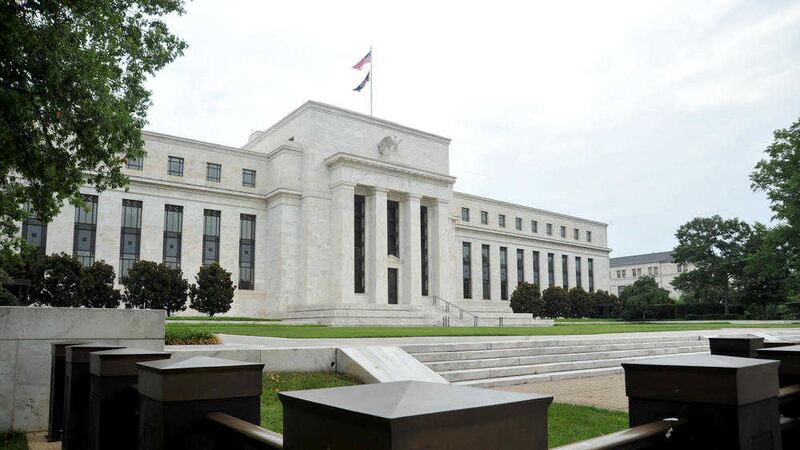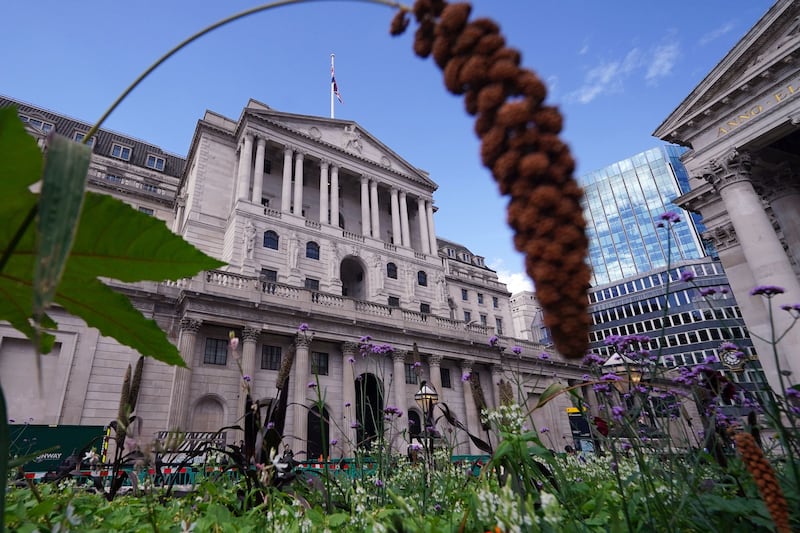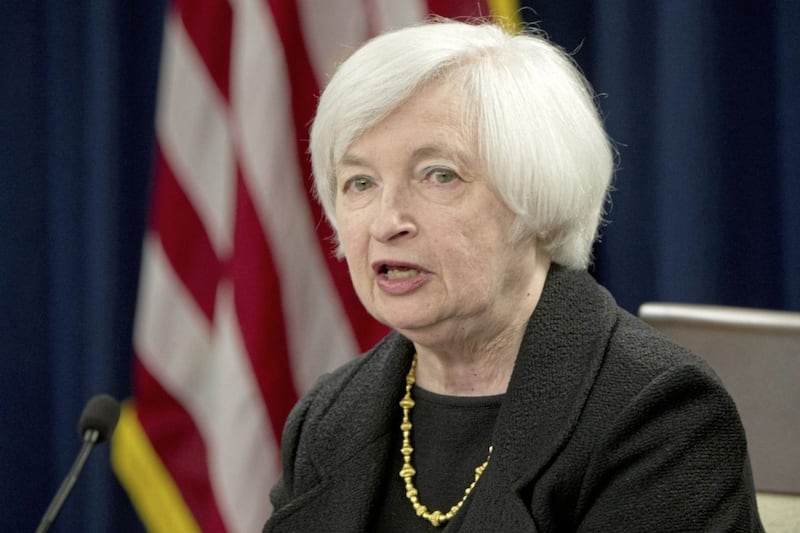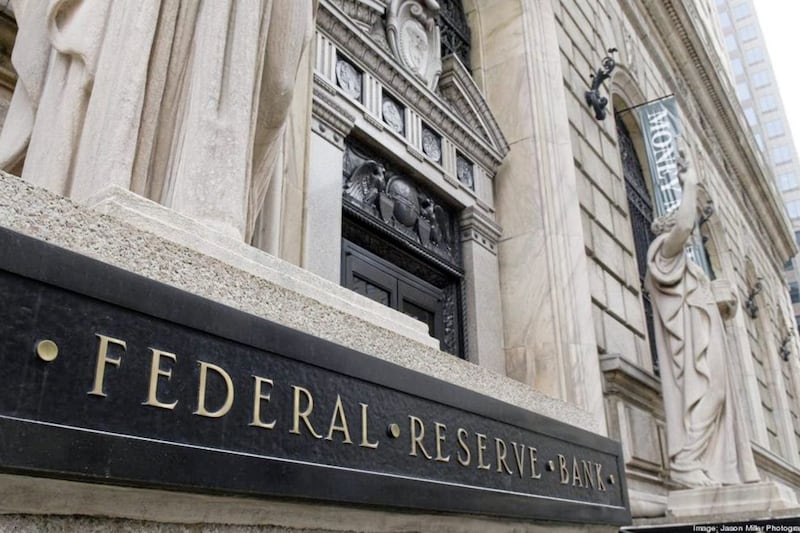THE US dollar had a weaker bias last week - this is reflected in EUR/USD trading back above $1.13 and GBP/USD regaining the $1.31 level.
The US currency was not helped by the minutes from the Federal Reserve’s July meeting being somewhat less hawkish than some had expected. The text of the discussion indicated that there was no clear consensus within the interest rate setting committee on the issue of when to hike US interest rates. This gave rise to the suggestion that the Federal Reserve is in no hurry to raise rates.
However, since this meeting, one of the key committee members, William Dudley, has stated that the financial markets are underestimating the chances of US rate hikes this year.
Therefore, this Friday’s speech by Federal Reserve chairwoman Janet Yellen at the Kansas City Fed’s annual monetary policy symposium in Jackson Hole, Wyoming is an important event.
The speech will be carefully dissected, as the markets look for a more up to date view on the level of appetite within the US central bank to hike interest rates before year end.
Markets are currently not expecting any rate increases from the Fed until the middle of 2017. As a result, any rate hike from the Fed before year end is likely to play an important role in the US dollar’s performance over the coming months.
Data-wise, the US calendar features a mix of survey and hard data indicators, covering a broad spectrum of the economy. In terms of hard data, we get the second estimate of GDP for the second quarter on Friday.
Market expectations are for no major revisions to the weak headline growth number of 1.2 per cent (annualised). We also get a batch of July data from the housing market, encompassing buyer activity with both existing and new home sales data on the release schedule.
There is also some survey data for August, with both the flash manufacturing and services PMI’s due. Overall, US data this week are likely to reinforce the view that the US economy is now performing solidly.
Meanwhile, sterling managed to regain some lost ground last week. The currency was aided by a positive surprise from the UK data calendar. Retail sales data for July surprised strongly to the upside, registering 1.4 per cent monthly growth, versus expectations for +0.2 per cent (following a 0.9 per cent fall the previous month).
The retail sales data is particularly important as it is one of the first key indicators for the post-referendum period and it has therefore helped to reduce concerns about an immediate slowdown in the UK economy.
However, it must be noted that the series is volatile on a monthly basis, so one cannot extrapolate too much from just one month of data.
Looking to the remainder of the week, the UK highlight from a sparse schedule will be Friday’s release of the second estimate of GDP for the second quarter.
The headline figure is not expected to be revised from its first estimate of 0.6 per cent quarterly growth. However, the interest will be in the first look at the expenditure breakdown of GDP.
Business investment fell in the two previous quarters and it would be no surprise if it had contracted again in the lead up to the EU referendum given the heightened level of uncertainty surrounding the vote. Consumer spending is likely to once again have been a key driver of growth in the quarter.








